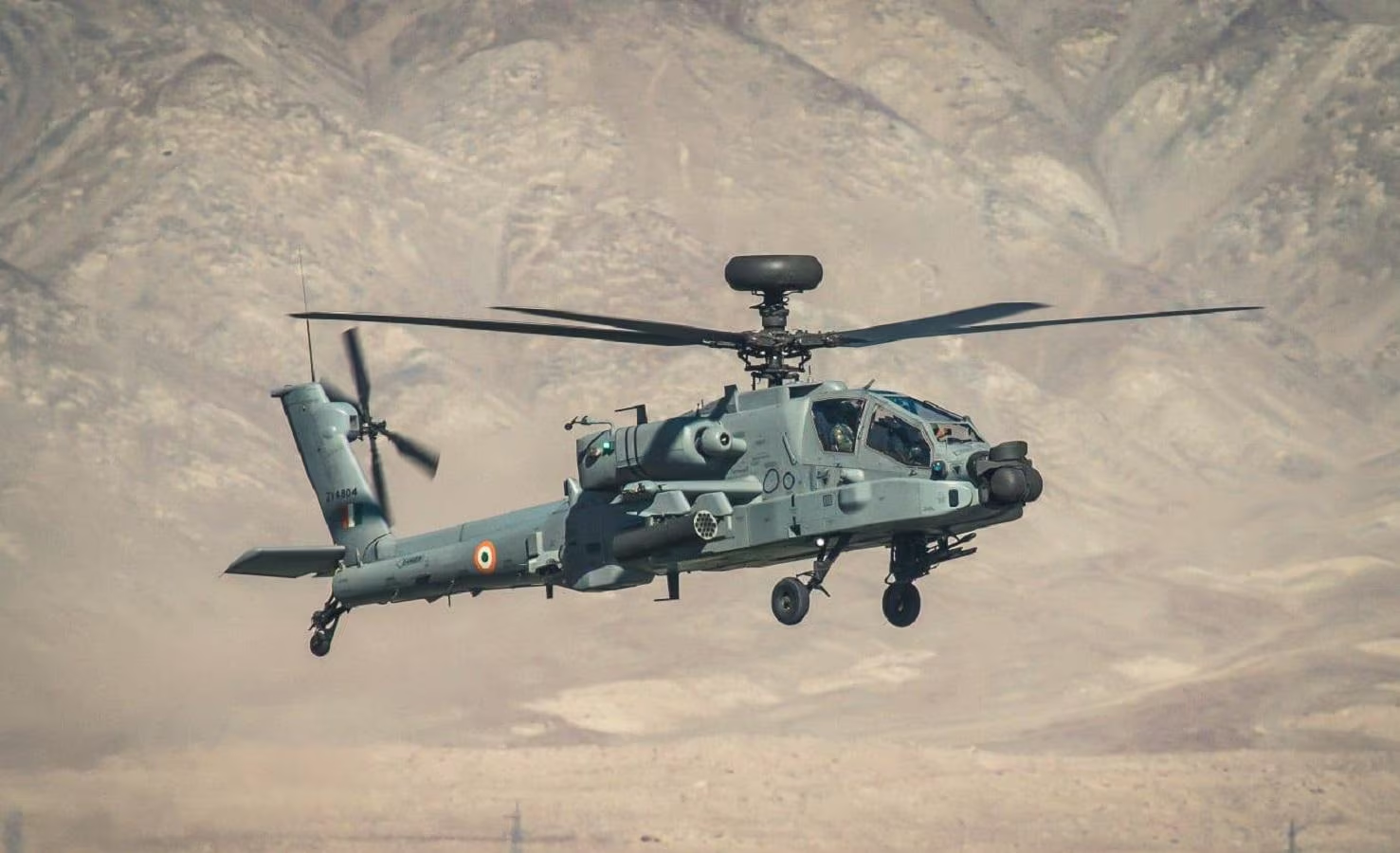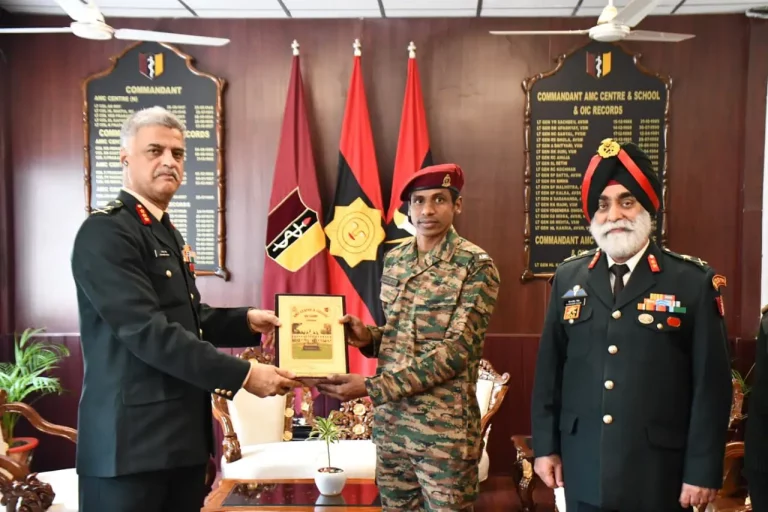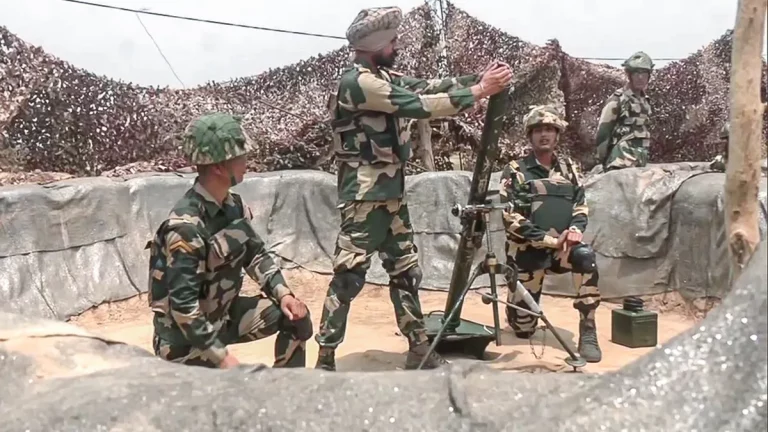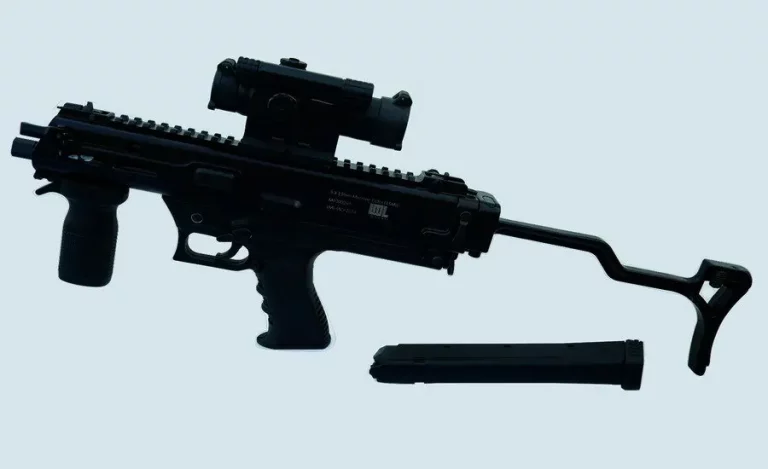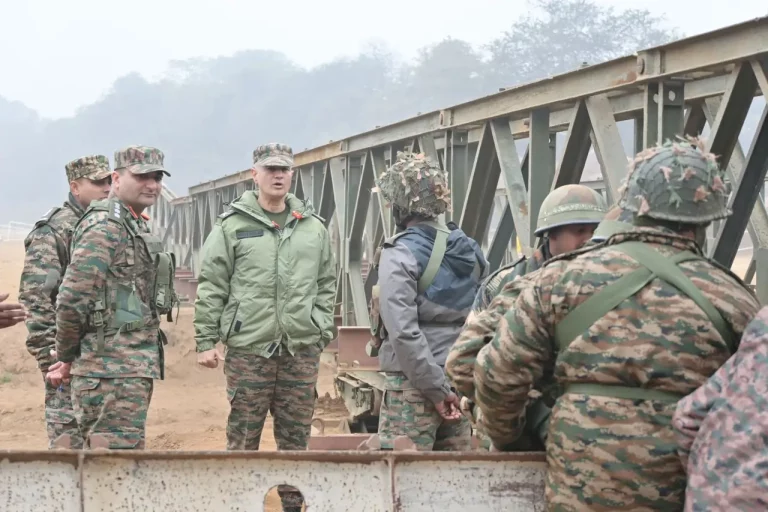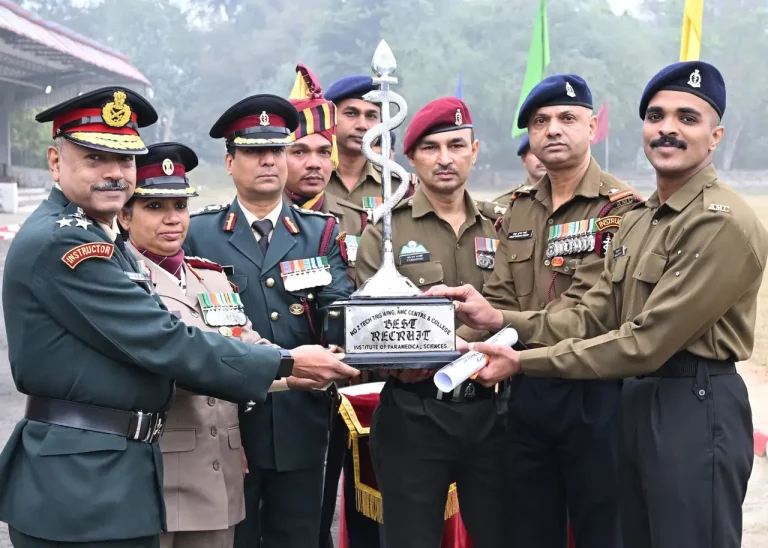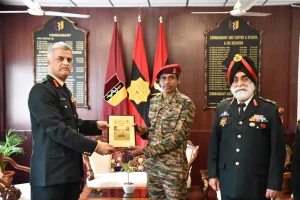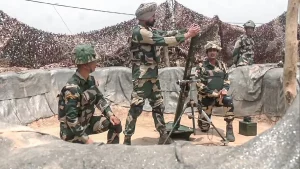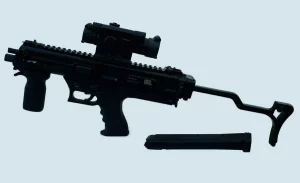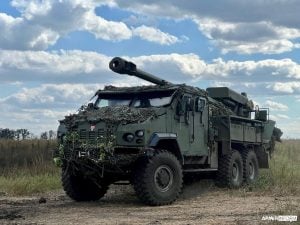The Indian Army’s pursuit of six Apache AH-64E attack helicopters has encountered yet another setback, as the delivery schedule has been delayed once more. These sophisticated combat helicopters are pivotal for enhancing the Army’s operational capacity, particularly in high-stress scenarios along the Western front.
Initially, the Indian Army was expected to receive the first set of three Apache helicopters by June 2024, following a USD 600 million agreement with the United States made in 2020. Unfortunately, due to ongoing supply chain challenges, this timeline was shifted to December 2024. However, the latest reports indicate that this date will not be met either, leaving the first Apache Squadron, established in March 2024 in Nagtalao, Jodhpur, in an uncertain state regarding its operational readiness.
Sources within the Defence Ministry report that the delays stem from technical problems on the American side, and at present, there is no definitive timeline for when the helicopters will arrive in India. As a result, pilots and ground crews, who have completed necessary training and preparations, find themselves in a prolonged waiting period without any official updates on when these advanced aircraft might finally become available for use.
The Apache helicopters are intended to significantly augment the Army’s capabilities, providing state-of-the-art firepower and advanced targeting systems alongside improved agility on the battlefield. The AH-64E variant is particularly distinguished by its advanced avionics and precision weaponry. While the Indian Air Force (IAF) has successfully inducted 22 Apache helicopters under a separate agreement established in 2015, the Indian Army remains in a holding pattern regarding its own fleet.
In the interim, the Indian Army’s Aviation Corps is utilizing a varied fleet that includes helicopters, fixed-wing aircraft, and unmanned aerial vehicles (UAVs). The current operational assets include:
-
Attack and Utility Helicopters:
- Advanced Light Helicopter (ALH) Dhruv: An indigenous multi-role helicopter utilized for various missions, though currently grounded following an incident.
- Rudra: An armed variant of the Dhruv helicopter, focused on close air support.
- Cheetah & Chetak: Light utility helicopters for reconnaissance and logistics missions.
- Light Combat Helicopter (LCH): Specifically designed for operations at high altitudes to support ground troops.
-
Transport and Surveillance Aircraft:
- Mi-17: Medium-lift helicopters catering to troop movements and logistics needs.
- Dornier 228: Light transport aircraft that assist in reconnaissance and communication tasks.
- Unmanned Aerial Vehicles (UAVs):
- Heron: A medium-altitude, long-endurance UAV used for surveillance.
- Searcher: Short-range UAVs for tactical intelligence gathering.
The Apache induction holds substantial strategic importance for the Indian Army, particularly in the context of enhancing its combat capabilities for intense operations along the country’s borders. The ongoing delays in obtaining these helicopters underscore the pressing need for a robust indigenous defense manufacturing strategy. Such measures could help mitigate dependence on international suppliers and protect the Army’s modernization efforts from future disruptions. As the Indian Army awaits more information on the delivery situation, the hope for a timely resolution remains crucial for the development of its aviation capabilities.
